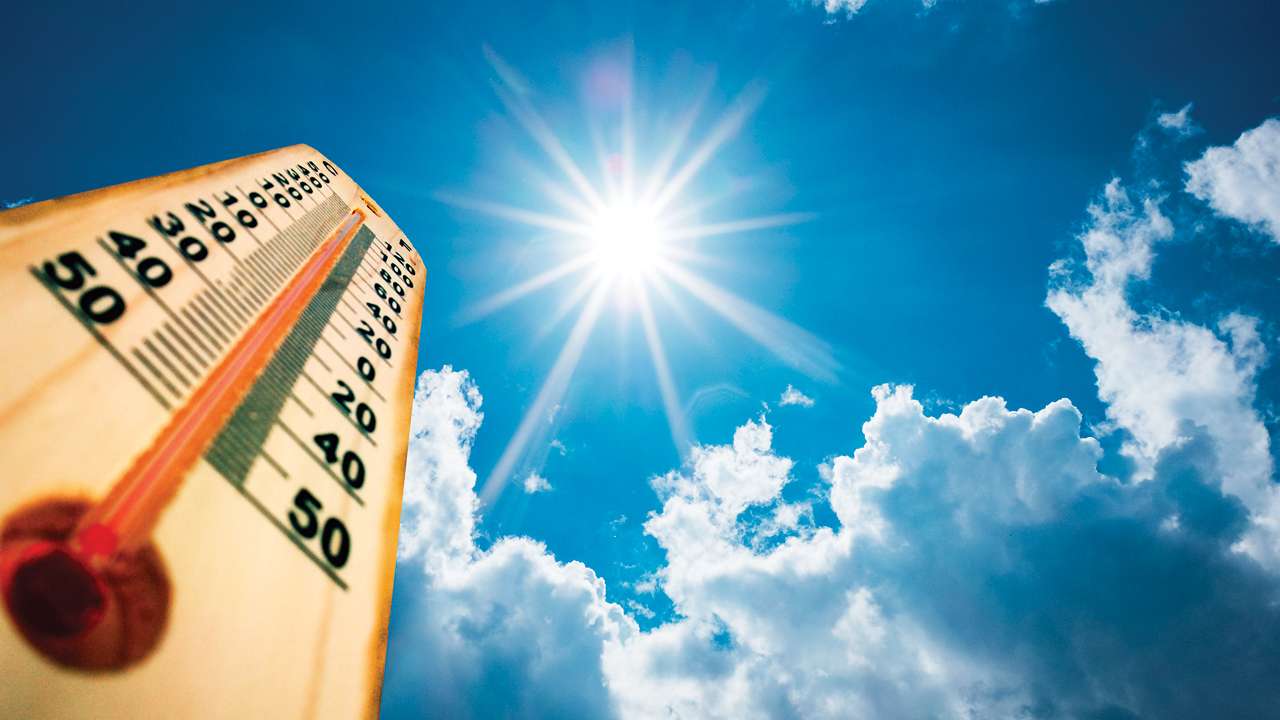DNA Edit: India cauldron - Many factors contribute to her being world’s warmest
Scientists at the India Meteorological Department (IMD) warn that not only has India turned hotter in the last two decades, but that heat waves are projected to become more intense, have longer durations and greater frequency.

Temperature , Thinkstock
With a deadly heat wave that has north India in its vice-like grip, India is a sweltering mess at the moment. It is no surprise that eight cities in the country have made it to the list of 15 hottest places in the world.
The three hottest, as can be expected, are from Rajasthan. Churu at 48.9 degrees, Sri Ganganagar at 48.6 degrees and Phalodi at 48.2 degrees, are seething cauldrons. But the details, which come courtesy the El Dorado Weather, show how sweeping the heat wave is in its reach; spreading from Nowgong in Assam to Narnaul in Haryana and to Khajuraho in Madhya Pradesh.
Scientists at the India Meteorological Department (IMD) warn that not only has India turned hotter in the last two decades, but that heat waves are projected to become more intense, have longer durations and greater frequency.
Long-term data gathered from the IMD’s 100-plus weather stations highlight a dramatic increase in temperatures from 1961 to 2010. If that was not bad enough, the decade between 2001 and 2010, was the warmest for India and indeed, for the rest of the world. So despite being in the sub-tropics surrounded by seas and an ocean on three sides, why is India getting hotter than even the equatorial countries?
While many experts blame glacial melting and increasing deforestation for the adversely-impacted weather cycles, scientists also believe that one of the main reasons for these heat waves is the El Niño factor, which occurs in the Pacific coast of South America and negatively affects the Indian monsoon. El Niño results in less rain and corresponding higher temperatures.
This view is in line with the findings of the fifth assessment report of the UN Inter-governmental Panel on Climate Change, which has also warned that north and west India would be particularly badly hit, a projection that seems to be coming true. Clearly, India will have to prepare with alternatives to meet this looming threat and it has to do it fast.